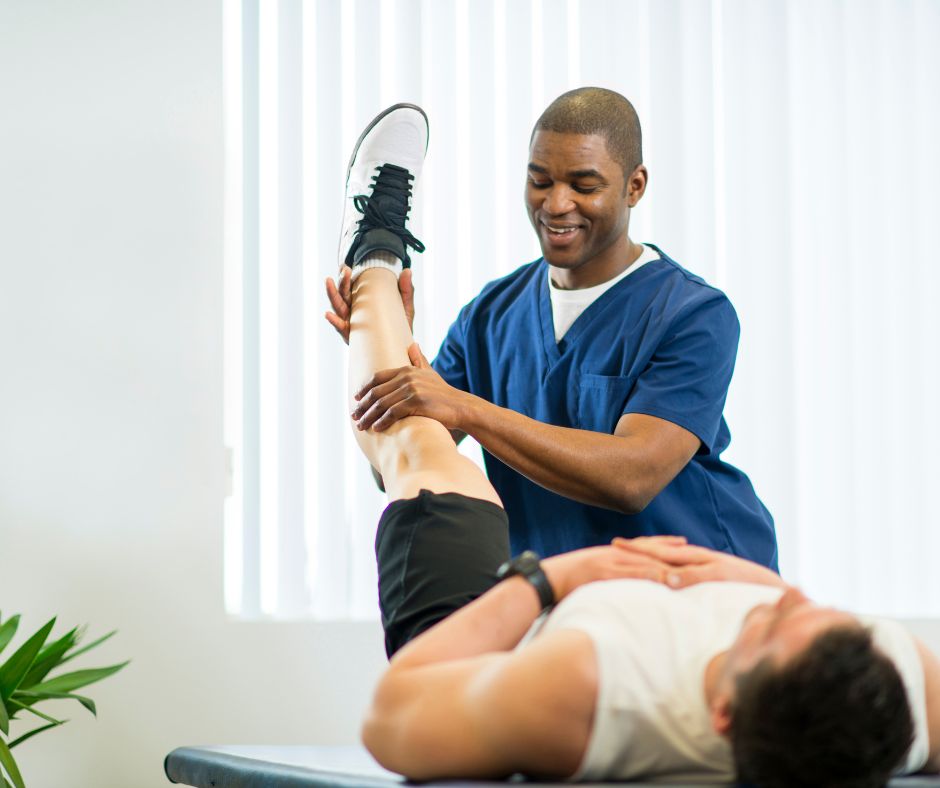In numerous cases, clients with joint pain or injuries often experience a decrease in movement. For instance, conditions like arthritis can restrict how much a joint can move, making it difficult for people to perform tasks such as walking or ascending stairs. Rehabilitation specialists commonly concentrate on activities that increase mobility through flexibility work and fortification. These exercises can help reestablish the extent of motion, making it easier for patients to engage in their everyday tasks. However, increasing range of motion without accounting for steadiness can lead to further harm, highlighting the need for a balanced approach.

Control is just as crucial in rehabilitation. When a articulation lacks steadiness, it becomes more vulnerable to injuries during activity. For instance, an wobbly knee joint can lead to strains or ruptures while running or leaping. To improve stability, rehabilitation specialists may integrate activities that strengthen the muscle groups around the joint. These activities help support the articulation and avert excess movement that could result to harm. By focusing on both range of motion and stability, rehabilitation specialists can provide a comprehensive care plan that meets the unique requirements of each client.
The interplay between articular mobility and control is particularly evident in athletic rehabilitation. Sports participants often require a elevated level of both mobility and control to perform at their best. For instance, a gymnast needs to have limber joints to perform complex actions while also preserving control to avoid falls. In athletic conditioning, coaches and coaches emphasize the significance of developing both modalities used in physical therapy elements to enhance ability and reduce the chance of injuries. This method ensures that athletes can perform effectively while maintaining their articulations safe during strenuous activities.
In conclusion, understanding the connection between joint movement and stability can lead to improved results for patients in various environments, from therapy facilities to athletic conditioning facilities. By encouraging both aspects, medical practitioners can help clients recover their strength and assurance. This balanced method not only helps in recovery but also arms people with the tools they need to avert future injuries. As studies continues to evolve in this field, the importance of integrating range of motion and stability in treatment plans will continue to be a key priority for enhancing client Recommended Site care and overall health.